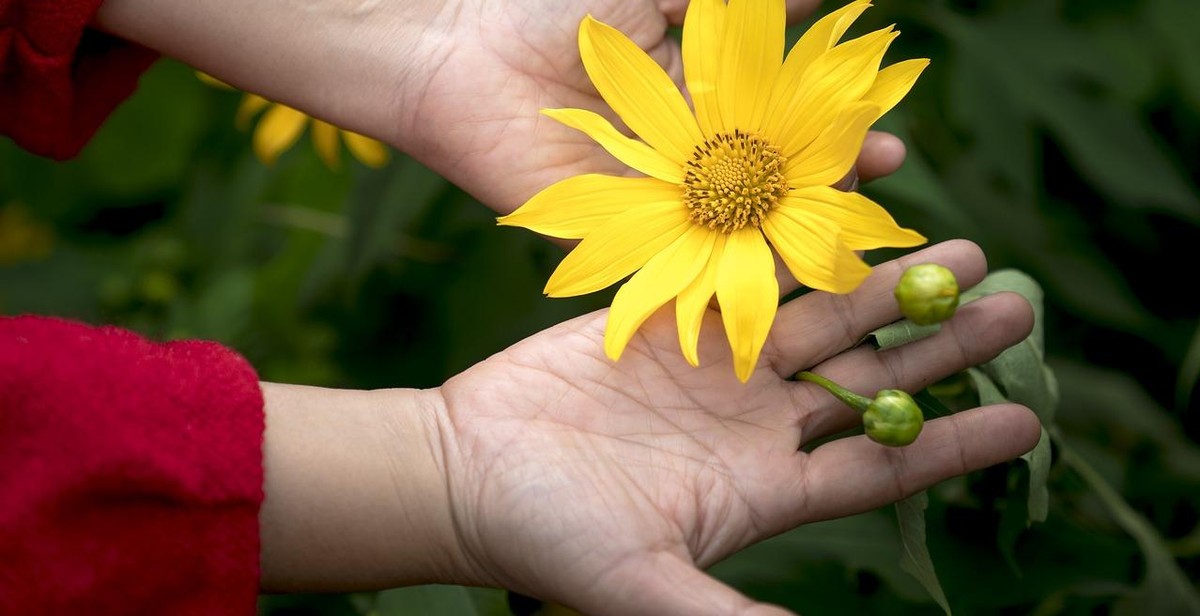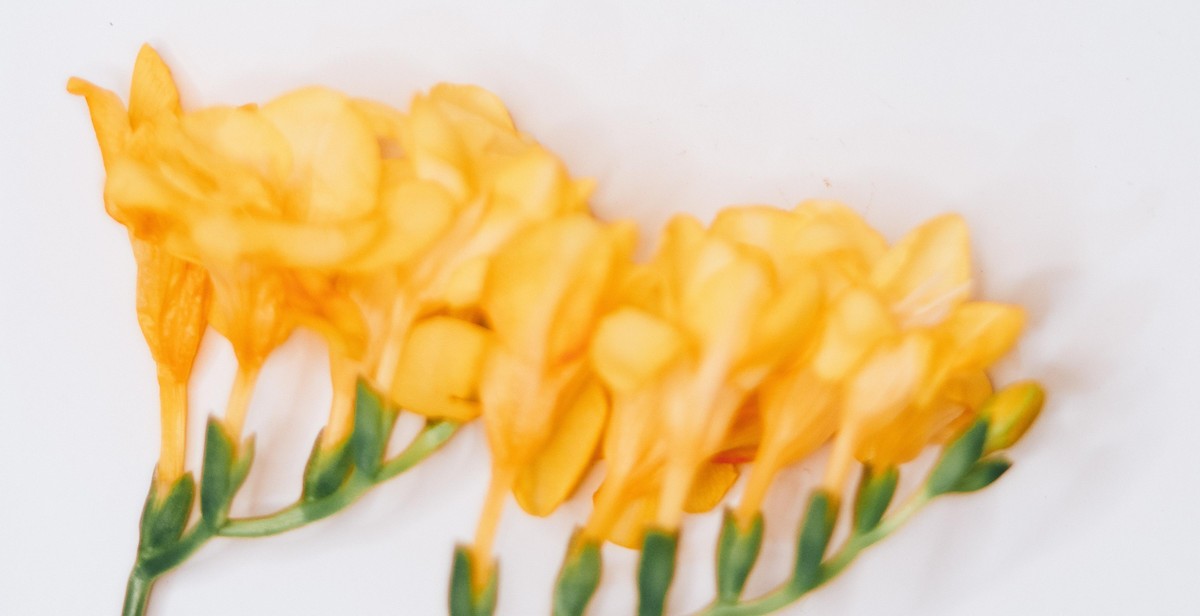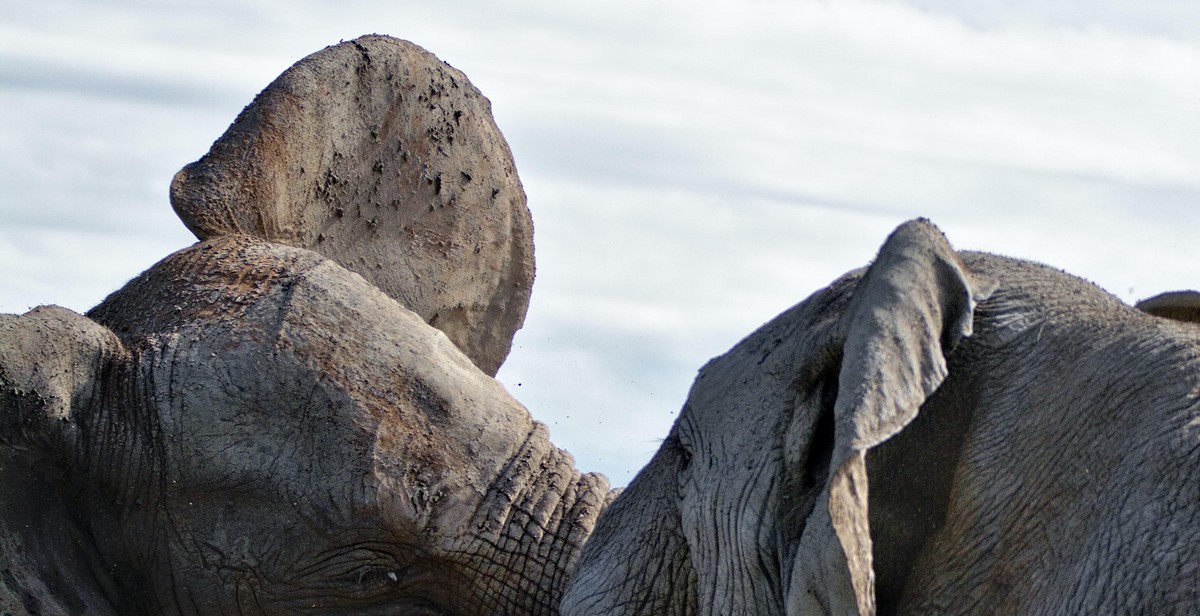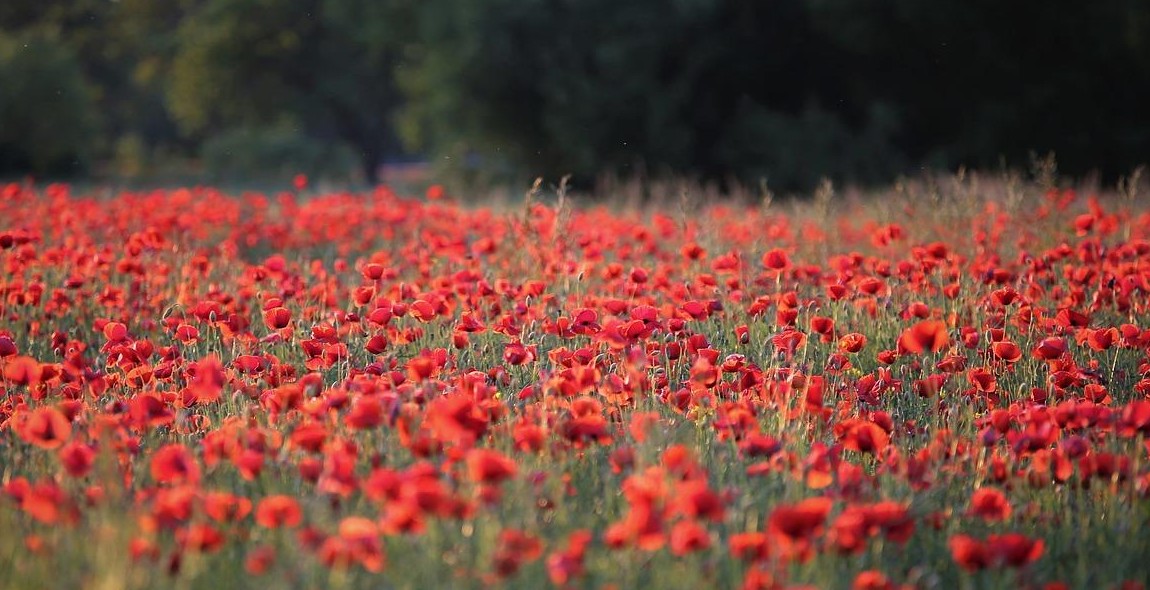How to Study and Identify Wildflowers: A Beginner’s Guide to Botany
Wildflowers are some of the most beautiful and fascinating plants in the world. They come in a wide variety of shapes, sizes, and colors, and can be found in almost any environment, from forests to deserts to meadows. But beyond their aesthetic appeal, wildflowers also play a crucial role in our ecosystem, providing food and habitat for a wide range of animals and insects.
Why Study Wildflowers?
Studying wildflowers is not only a rewarding and enjoyable hobby, but it can also have practical applications. For example, if you are a gardener or landscaper, knowing how to identify and cultivate wildflowers can help you create a more diverse and sustainable garden or landscape. Additionally, wildflowers can be used for medicinal purposes, and studying them can help you learn about their various properties and how to use them safely and effectively.
But perhaps the most compelling reason to study wildflowers is simply to deepen your appreciation and understanding of the natural world. By learning about the different types of wildflowers and their unique characteristics, you can develop a deeper connection to the environment and the plants and animals that inhabit it.
In this beginner’s guide to botany, we will explore the basics of studying and identifying wildflowers, including the tools and techniques you will need, the different types of wildflowers you may encounter, and how to identify them based on their physical characteristics.
Getting Started with Studying and Identifying Wildflowers: A Beginner’s Guide to Botany
If you have ever taken a walk in the countryside, you may have noticed the beauty of wildflowers. These plants come in a variety of shapes, sizes, and colors, and studying them can be a fascinating and rewarding experience. This beginner’s guide to botany will help you get started with identifying and studying wildflowers.
Tools and Equipment
Before you start your journey into botany, you will need some basic tools and equipment. Here are some essentials:
- A field notebook and pen or pencil for taking notes and drawing sketches of the plants you find
- A camera or smartphone for taking photos of the plants
- A hand lens or magnifying glass for examining the details of the flowers and leaves
- A pair of scissors or shears for collecting plant specimens
- A plant press or heavy books for pressing and preserving your specimens
Choosing a Field Guide
A field guide is an essential tool for identifying wildflowers. There are many field guides available, and choosing the right one can be overwhelming. Consider the following factors when choosing a field guide:
- The region where you will be studying wildflowers
- The level of detail you need
- The format of the guide (e.g. pocket-sized, full-color illustrations, etc.)
- The author’s credentials and reputation
Some popular field guides for wildflowers include “Newcomb’s Wildflower Guide” by Lawrence Newcomb and “Wildflowers of North America” by Frank Kaczmarek.
| Tool/Equipment | Purpose |
|---|---|
| Field notebook and pen/pencil | Taking notes and sketches of plants |
| Camera or smartphone | Taking photos of plants |
| Hand lens or magnifying glass | Examining plant details |
| Scissors or shears | Collecting plant specimens |
| Plant press or heavy books | Pressing and preserving plant specimens |

Understanding Wildflowers
Wildflowers are flowering plants that grow naturally in the wild, without any human intervention. They come in a wide variety of shapes, sizes, and colors, making them a popular subject for study and identification among botany enthusiasts.
Parts of a Flower
Understanding the parts of a flower is crucial in identifying wildflowers. The main parts of a flower include:
- Petals: The colorful, often fragrant part of the flower that attracts pollinators.
- Sepals: The protective outer layer of the flower bud.
- Stamens: The male reproductive part of the flower, consisting of the anther and filament.
- Carpels: The female reproductive part of the flower, consisting of the stigma, style, and ovary.
Plant Families
Wildflowers can be categorized into different plant families based on their physical characteristics, such as leaf shape and flower structure. Some common plant families of wildflowers include:
| Plant Family | Characteristics |
|---|---|
| Asteraceae | Composite flowers with ray and disk florets |
| Apiaceae | Umbel-shaped clusters of small flowers |
| Lamiaceae | Square stems and opposite leaves |
| Fabaceae | Pea-shaped flowers and compound leaves |
Taxonomy
Wildflowers are classified into different taxa based on their physical and genetic characteristics. The taxonomic hierarchy of wildflowers includes:
- Kingdom: Plantae
- Division: Magnoliophyta
- Class: Magnoliopsida
- Order: Varies depending on the plant family
- Family: Varies depending on the physical characteristics of the plant
- Genus: A group of closely related species
- Species: A group of plants that share common physical and genetic characteristics
Understanding the taxonomy of wildflowers can help in identifying and classifying them accurately.
Identifying Wildflowers
One of the most important skills in botany is identifying plants. This is especially true when it comes to wildflowers, which can be difficult to differentiate from one another without proper knowledge. Fortunately, there are methods that can help you identify wildflowers with ease.
Keying Out a Plant
Keying out a plant is a process of elimination that involves answering a series of questions about the plant’s characteristics. This is done by using a dichotomous key, which is a tool that provides a series of choices that lead to the identification of the plant.
When keying out a plant, it’s important to pay attention to its features such as the shape, size, and color of its leaves, flowers, and stem. By following the choices provided in the dichotomous key, you can ultimately identify the plant.
Using a Dichotomous Key
A dichotomous key is a series of questions that are presented in a specific order. The questions are designed to eliminate choices until the plant can be identified. Each question has two possible answers, and the answer to each question leads to the next question.
For example, a dichotomous key might ask if the plant has leaves or not. If the answer is yes, the next question might ask if the leaves are lobed or not. If the answer is no, the next question might ask if the plant has flowers or not. By following the choices provided in the dichotomous key, the plant can be identified.
| Steps to using a dichotomous key: |
|---|
| 1. Start at the beginning of the key |
| 2. Answer each question truthfully |
| 3. Follow the choices provided in the key until the plant is identified |
Using a dichotomous key can be a bit challenging at first, but with practice, it becomes easier and more effective for identifying wildflowers.

Common Wildflowers
1. Black-eyed Susan
The Black-eyed Susan is a member of the sunflower family and is one of the most recognizable wildflowers. It has bright yellow petals with a dark brown center. It blooms from June to August and is commonly found in open fields, meadows, and along roadsides.
2. Purple Coneflower
The Purple Coneflower is a popular garden plant and a common wildflower. It has a distinctive cone-shaped center surrounded by purple petals. It blooms from June to August and is commonly found in open fields and along roadsides.
3. Wild Bergamot
Wild Bergamot is a member of the mint family and is also known as bee balm. It has pink or lavender flowers that bloom from July to September. It is commonly found in meadows, fields, and along roadsides.
4. Goldenrod
Goldenrod is a tall, yellow wildflower that blooms from August to October. It is commonly found in fields, meadows, and along roadsides. It is often mistaken for ragweed, which causes hay fever, but goldenrod does not cause allergies.
5. Common Milkweed
Common Milkweed is a tall plant with pink or purple flowers that bloom from June to August. It is commonly found in meadows and along roadsides. It is an important food source for Monarch butterflies, as the caterpillars feed on its leaves.
| Wildflower | Blooming Season | Habitat |
|---|---|---|
| Black-eyed Susan | June to August | Open fields, meadows, along roadsides |
| Purple Coneflower | June to August | Open fields, along roadsides |
| Wild Bergamot | July to September | Meadows, fields, along roadsides |
| Goldenrod | August to October | Fields, meadows, along roadsides |
| Common Milkweed | June to August | Meadows, along roadsides |
These are just a few examples of common wildflowers you may encounter while studying botany. Familiarizing yourself with these species can help you identify other wildflowers in the future.

Where to Find Wildflowers
Wildflowers can be found in a variety of habitats and ecosystems, including meadows, forests, deserts, and wetlands. To ensure a successful wildflower study, it’s important to know where to find them.
Habitats and Ecosystems
When looking for wildflowers, it’s important to consider the habitat and ecosystem they thrive in. For example, if you’re looking for wildflowers that prefer moist soil, head to wetlands or near bodies of water. If you’re looking for wildflowers that prefer drier conditions, head to open meadows or desert landscapes.
Some common habitats and ecosystems to find wildflowers include:
- Meadows and prairies
- Forests and woodlands
- Mountains and alpine meadows
- Deserts and dry landscapes
- Wetlands and marshes
National and State Parks
National and state parks are great places to find a variety of wildflowers. These parks often have designated trails and areas where wildflowers can be found, making it easier to locate them. Additionally, park rangers and staff can provide information on the best times of year to see certain wildflowers and which trails are best for wildflower viewing.
Some popular national and state parks for wildflower viewing include:
| National Parks | State Parks |
|---|---|
| Great Smoky Mountains National Park | Enchanted Rock State Natural Area |
| Rocky Mountain National Park | McKittrick Canyon |
| Yosemite National Park | Lost Maples State Natural Area |
| Grand Teton National Park | Guadalupe River State Park |
When visiting national and state parks, be sure to follow all park rules and regulations and stay on designated trails to avoid damaging the delicate wildflower ecosystems.

Conclusion
Studying and identifying wildflowers is a rewarding and educational hobby that offers numerous benefits to enthusiasts.
Benefits of Studying Wildflowers
Firstly, studying wildflowers can help individuals develop a deeper appreciation for nature and the environment. Learning about the different species of wildflowers and their unique characteristics can increase awareness and understanding of the natural world.
Secondly, studying wildflowers can also provide an opportunity for physical exercise and outdoor recreation. Hiking and exploring natural areas in search of wildflowers can be a fun and healthy way to stay active and enjoy the outdoors.
Thirdly, studying wildflowers can have practical applications as well. Knowledge of wildflowers can be useful for landscaping, gardening, and even herbal medicine.
Final Thoughts
Whether for personal enjoyment or practical purposes, studying and identifying wildflowers is a fulfilling and enriching activity. By following the tips and techniques outlined in this beginner’s guide, anyone can develop a basic understanding of botany and start exploring the fascinating world of wildflowers.
| Remember: | Always respect nature and follow ethical guidelines when studying wildflowers. Never remove or damage plants, and always leave natural areas as you found them. |
So grab a field guide, a camera, and some comfortable shoes, and start exploring the wonderful world of wildflowers!
